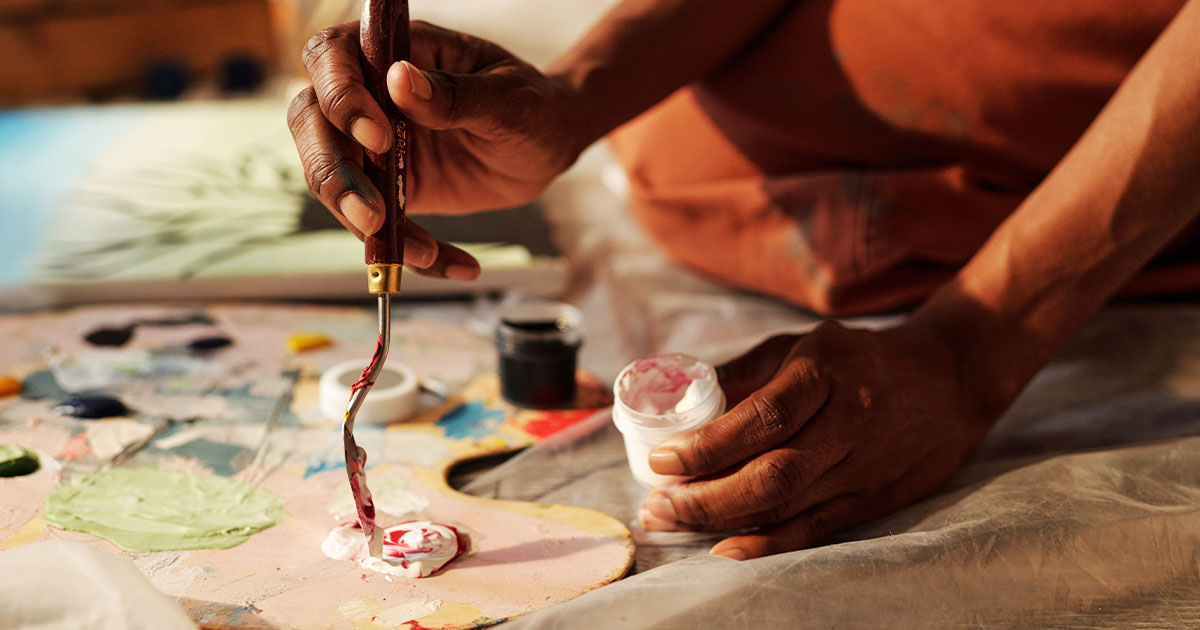Sotheby’s and Forsters – An Owner’s Guide to Art – Part 3

Buying and owning art can be one of life’s greatest joys. But while the drive to own art is often fuelled by an emotional connection with a piece or the prospect of holding a lucrative investment, it is important for buyers and owners of art to keep their wits about them, from both a legal and practical perspective.
Felix Hale (Sotheby’s Tax, Heritage and UK Museums Team) and Jo Thompson (Forsters LLP’s Art Group) aim to point those wanting to buy, sell, and hold works of art in the right direction. This five-part mini-series will cover the following key areas:
- Acquiring and selling art
- Transporting art
- Maintaining your collection
- Passing on your art collection to the next generation
- Art and philanthropy
Part 3 – Maintaining Your Collection
This part of the mini-series is designed to equip you with practical tips on how to maintain, insure, and keep track of the works of art in your collection.
Insurance
Insurance values should be reviewed regularly to avoid either underinsuring your collection or paying premiums that are too high. Generally, we recommend updating insurance values every 5 years or so. Depending on the nature of your collection, you may want to consider a specialist art insurer.
If you would like to discuss a valuation, please get in touch with Sotheby’s.
Inventories
If you have a large collection, you might want to consider managing it using collection management software such as ‘Collector Systems’. This is a useful way to monitor your collection as it enables you to store information regarding the purchase (invoices etc.), insurance and valuations, as well as up-to-date records on the condition and maintenance of works. Reviewing the collection every few years is important to keep track of works that are damaged, lost, or stolen, especially if any of the works are conditionally exempt from inheritance tax (where their loss would trigger a substantial charge).
Environment
Although it is often impossible to try to replicate museum-like environments in your home, there are some simple things to consider to keep your collection in good condition.
Ideally, you should try to maintain a stable temperature and humidity in the rooms housing your collection. Some items, such as watercolours, are particularly sensitive to light, so you should try to reduce the amount of direct sunlight these works get and consider either rotating your displays and/or protecting works with UV resistant glass.
As part of a collections review or valuation, Sotheby’s would be delighted to discuss any concerns you might have about how your collection is being maintained and displayed. General guidance can also be obtained from the English Heritage website.
If a work of art is particularly difficult to display in your home, you may want to think about keeping it in specialised fine art storage or lending the work to a museum.
Loans
You may wish to consider lending pieces from your collection to a museum, either for an exhibition or on a long-term basis. A loan to an important museum has the potential to increase a work’s value: its display is testament to its art-historical significance and can bring the work to wider international attention. Sotheby’s is able to draw on its global network of museum contacts to help you find the most suitable museum in which to display your work of art.
Regardless of the duration of the loan, it should always be underpinned by a loan agreement. In particular, this agreement should set out which party is responsible for insurance, the costs of transport, and any other conditions for display. Usually, under the terms of a loan agreement the museum will be responsible for insuring the work, whether that is with a commercial insurer, or more commonly, with the government backed Government Indemnity Scheme (GIS), which provides owners with ‘nail to nail cover’, including when the work is being transported to and from the museum. Forsters can assist you with negotiating the terms of a loan agreement.
Holding vehicle
If an individual is UK resident but non-UK domiciled, and holding art in the UK, it may be worth considering holding the art via an offshore structure, such as a company, so as to shield the artwork from UK inheritance tax. This is particularly the case if the intention is for the artwork to be a long-term hold. There may, in addition, be succession considerations, for example, staying outside of certain succession and tax regimes, that point toward ownership through a trust. Matters regarding succession will be considered in further detail in Part 4.
If the intention is to hold art in an offshore structure (be it a company and/or a trust), then the tax implications of the transfer to the structure need to be considered (for this reason, and as outlined in Part 1, it is preferable to think about the asset’s use and future before going ahead with the original purchase, so that the structure is right from the outset). There are also other considerations that come into play here, which relate to the ongoing management and use of the offshore structure. If you would like advice on the most effective way to hold your artwork, both from a tax and succession perspective, please contact Forsters.
In the next part of the mini-series, we will be looking at the implications of passing on your art to the next generation.

Felix Hale is a Deputy Director in Sotheby’s Tax, Heritage & UK Museums department. He works with some of the most significant estates and collections in the UK, working with clients on valuations, sales, offers in lieu of tax, and claims for Conditional Exemption. He is a member of PAIAM (Professional Advisors to the International Art Market, Vice-Chair of the next generation board) and a member of STEP (Society of Trust and Estate Practitioners).
If you would like to contact Felix, you can email him on [email protected].

Jo Thompson is an associate in Forsters’ Private Client team and part of Forsters’ Art and Cultural Property Group. She acts for UK and international clients, advising high net worth individuals, families, landed estates, family offices, trustees and beneficiaries on a range of estate, trust and tax planning matters. Her work includes succession planning for a number of living artists and advising on heritage property matters. She also acts for high net worth individuals and trustees holding significant art collections.
If you would like to contact Jo, you can email her on [email protected].






